Filter by
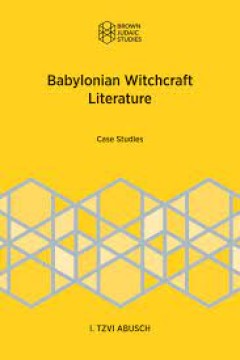
Babylonian Witchcraft Literature : Case Studies
The studies in this volume focus on individual Babylonian magical texts while developing an overall understanding of these texts as a whole. Part One follows a diachronic approach, Part Two a synchronic one. In this sense, the studies are to be viewed broadly: while unravelling knots in individual texts, they highlight certain issues and exemplify some solutions for common problems in tradition…
- Edition
- -
- ISBN/ISSN
- 9781946527141
- Collation
- 176 halaman
- Series Title
- -
- Call Number
- 800 ABU b
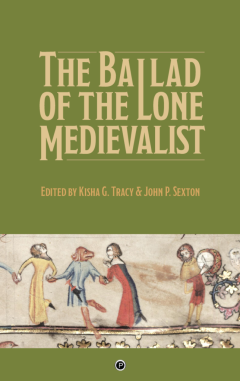
The Ballad of the Lone Medievalist
Are you a Lone Medievalist? Working medievalists are often the only scholar of the Middle Ages in a department, a university, or a hundred-mile radius. While working to build a body of focused scholarly work, the lone medievalist is expected to be a generalist in the classroom and a contributing member of a campus community that rarely offers disciplinary community in return. As a result, overt…
- Edition
- -
- ISBN/ISSN
- 9781947447547
- Collation
- 388 halaman
- Series Title
- -
- Call Number
- 370 BAL
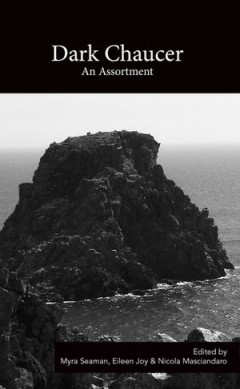
Dark Chaucer : An Assortment
Although widely beloved for its playfulness and comic sensibility, Chaucer’s poetry is also subtly shot through with dark moments that open into obscure and irresolvably haunting vistas, passages into which one might fall head-first and never reach the abyssal bottom, scenes and events where everything could possibly go horribly wrong or where everything that matters seems, if even momentaril…
- Edition
- -
- ISBN/ISSN
- 9780615701073
- Collation
- 224 halaman
- Series Title
- -
- Call Number
- 800 DAR
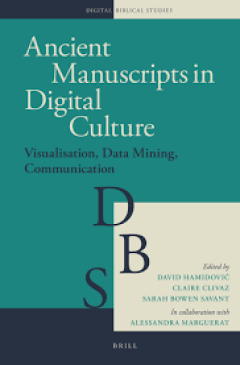
Ancient Manuscripts in Digital Culture : Visualisation, Data Mining, Communic…
Ancient Manuscripts in Digital Culture presents an overview of the digital turn in Ancient Jewish and Christian manuscripts visualisation, data mining and communication. Edited by David Hamidović, Claire Clivaz and Sarah Bowen Savant, it gathers together the contributions of seventeen scholars involved in Biblical, Early Jewish and Christian studies. The volume attests to the spreading of digi…
- Edition
- -
- ISBN/ISSN
- 9789004399297
- Collation
- xvi, 284 halaman
- Series Title
- Digital Biblical Studies, Volume: 3
- Call Number
- 800 ANC
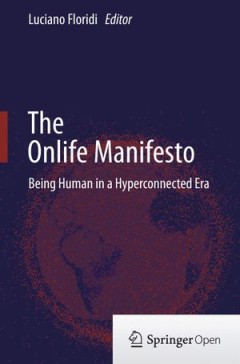
When poetry comes to its senses:* inscribed Roman verse and the human sensori…
Chapter 7 of Dynamic Epigraphy: New Approaches to Inscriptions This volume, with origins in a panel at the 2018 Celtic Conference in Classics, presents creative new approaches to epigraphic material, in an attempt to 'shake up' how we deal with inscriptions. Broad themes include the embodied experience of epigraphy, the unique capacities of epigraphic language as a genre, the visuality of in…
- Edition
- -
- ISBN/ISSN
- 9781789257915
- Collation
- -
- Series Title
- -
- Call Number
- -
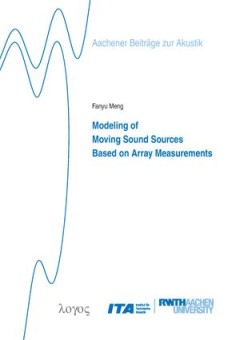
The Story of Barzu: As Told by Two Storytellers from Boysun, Uzbekistan
The ancient Persian storytelling tradition has survived until the present day among the Tajik villages in the Gissar mountains of Uzbekistan. This book explores the story of Barzu and demonstrates that the historical Transoxania, since the time of Alexander the Great, has always been a melting pot of diverse shared cultures. In the village of Pasurxi, near Boysun in the Surxandaryo region of co…
- Edition
- -
- ISBN/ISSN
- 9789087281168
- Collation
- -
- Series Title
- -
- Call Number
- -
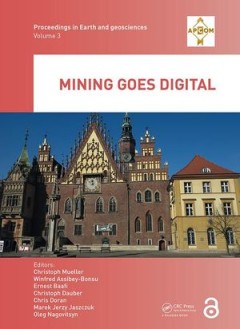
Still Thriving: On The Importance of Aranye Fradenburg
he work of L.O. Aranye Fradenburg, especially her psychoanalytic criticism of Chaucer, and her formulations of discontinuist historical approaches to the Middle Ages, has been extremely influential within medieval studies for the past 20 or so years. More recently she has been focusing on more broad defenses of the humanities, especially with regard to the valuable role of literary studies rela…
- Edition
- -
- ISBN/ISSN
- 9780988234031
- Collation
- -
- Series Title
- -
- Call Number
- -

Stealing the Club From Hercules: On Imitation in Latin Poetry
In this book, conceived as a sort of Prolegomena to his two Teubner editions, Conte gives account of his choices in editing his Virgilian text. Engaging in a passionate debate with his predecessors and critics, he guides the reader in a fascinating journey in the history of transmission and interpretation of Georgics and Aeneid and shows how lively textual criticism can be.
- Edition
- -
- ISBN/ISSN
- 9783110472202
- Collation
- -
- Series Title
- -
- Call Number
- -
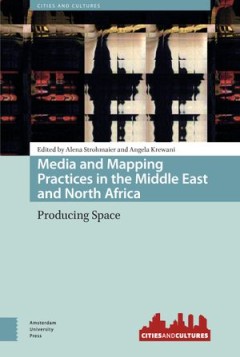
Speculative Medievalisms: Discography
Proceedings from the two Speculative Medievalisms symposia, held at King’s College London (Jan. 2011) and The Graduate Center, City University of New York (Sep. 2011), and organized by The Petropunk Collective (Eileen Joy, Anna Klosowska, Nicola Masciandaro, and Michael O’Rourke). These interdisciplinary events were dedicated to dialogue and cross-contamination between traditional concepts …
- Edition
- -
- ISBN/ISSN
- 9780615749532
- Collation
- -
- Series Title
- -
- Call Number
- -

The Southern Version of Cursor Mundi, Vol. V
The medieval poem Cursor Mundi is a biblical verse account of the history of the world, offering a chronological overview of salvation history from Creation to Doomsday. Originating in northern England around the year 1300, the poem was frequently copied in the north before appearing in a southern version in substantially altered form. Although it is a storehouse of popular medieval biblical lo…
- Edition
- -
- ISBN/ISSN
- 9780776605043
- Collation
- -
- Series Title
- -
- Call Number
- -
 Computer Science, Information & General Works
Computer Science, Information & General Works  Philosophy & Psychology
Philosophy & Psychology  Religion
Religion  Social Sciences
Social Sciences  Language
Language  Pure Science
Pure Science  Applied Sciences
Applied Sciences  Art & Recreation
Art & Recreation  Literature
Literature  History & Geography
History & Geography